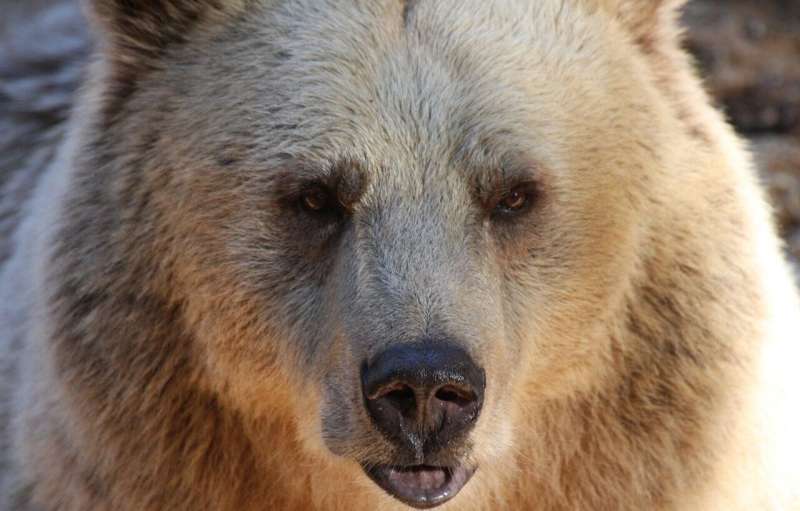Hibernating mammals arouse hope for genetic solutions to obesity, metabolic diseases

Hibernation is one of nature's strangest quirks, inducing bears and other mammals to pack on massive weight—amounts that would be unhealthy for humans—so they can survive months of slumber. Yet when these animals reemerge, they are as fit as ever. Now University of Utah Health scientists say they have detected new genetic clues about this phenomenon that could lead to better understanding and treatment of obesity and metabolic disorders that afflict millions worldwide.
"Hibernators have evolved an incredible ability to control their metabolism," says Christopher Gregg, Ph.D., associate professor in the Department of Neurology & Anatomy. "Metabolism shapes risks for a lot of different diseases, including obesity, type 2 diabetes, cancer and Alzheimer's disease. We believe that understanding the parts of the genome that are linked to hibernation will help us learn to control risks for some these major diseases. A big surprise from our new study is that these important parts of the genome were hidden from us in 98 percent of the genome that does not contain genes—we used to call it 'junk DNA'."
The study appears in the Nov. 26, 2019 issue of Cell Reports.
In previous research, Gregg and Elliot Ferris, a bioinformatician in Gregg's lab, scoured mammalian genomes for evidence of genetic "switches" or regulatory elements that could help explain why certain animals evolved "biomedical superpowers," such as cancer resistance in elephants or blood clot resistance in dolphins. They found thousands of new genetic elements that help reveal portions of the human genome associated with those traits.
In this new study, Gregg and Ferris sought to determine if hibernating species could help detect parts of the genome that play a significant role in controlling obesity, which is a global epidemic.
The researchers focused on four hibernating mammals found in diverse habitats worldwide: the thirteen-lined ground squirrel, little brown bat, gray mouse lemur, and lesser Madagascar hedgehog tenrec. After comparing their genomes, Gregg's team concluded that these mammals had independently evolved short, non-coding DNA snippets called parallel accelerated regions. They discovered that these regions are disproportionately located near genes linked to obesity in humans.
To solidify this link, the researchers examined genes involved in Prader-Willi Syndrome (PWS), a human genetic disorder that triggers insatiable appetite and leads to morbid obesity. They found that genes linked to PWS also have more hibernator accelerated regions compared to genes not associated with the syndrome.
Based on this and other findings, Gregg and Ferris theorize that hibernators have evolved ways to "turn off" specific genetic elements controlling the activity of obesity genes compared to mammals that do not hibernate. These newly discovered elements could improve our ability to learn how to evaluate and control obesity risks in humans.
"Our results show that hibernator accelerated regions are enriched near genes linked to obesity in studies of hundreds of thousands of people, as well as near genes linked to a syndromic form of obesity," Ferris says. "Therefore, by bringing together data from humans and hibernating animals, we were able to uncover candidate master regulatory switches in the genome for controlling mammalian obesity."
In all, the researchers identified 364 potential genetic elements that could have a role in regulating hibernation and obesity. They are currently testing these components in laboratory mice using specialized CRISPR epigenome editing technology developed by Jason Gertz, Ph.D., an investigator at Huntsman Cancer Institute.
"Since obesity and metabolism shape risks for so many different diseases, the discovery of these parts of the genome is a really exciting insight that lays foundations for many important new research directions," Gregg says. "We have new projects emerging for aging, dementia, and metabolic syndrome."
The study is titled "Parallel Accelerated Evolution in Distant Hibernators Reveals Candidate Cis-Regulatory Elements and Genetic Circuits Regulating Mammalian Obesity."
Journal information: Cell Reports
Provided by University of Utah

















